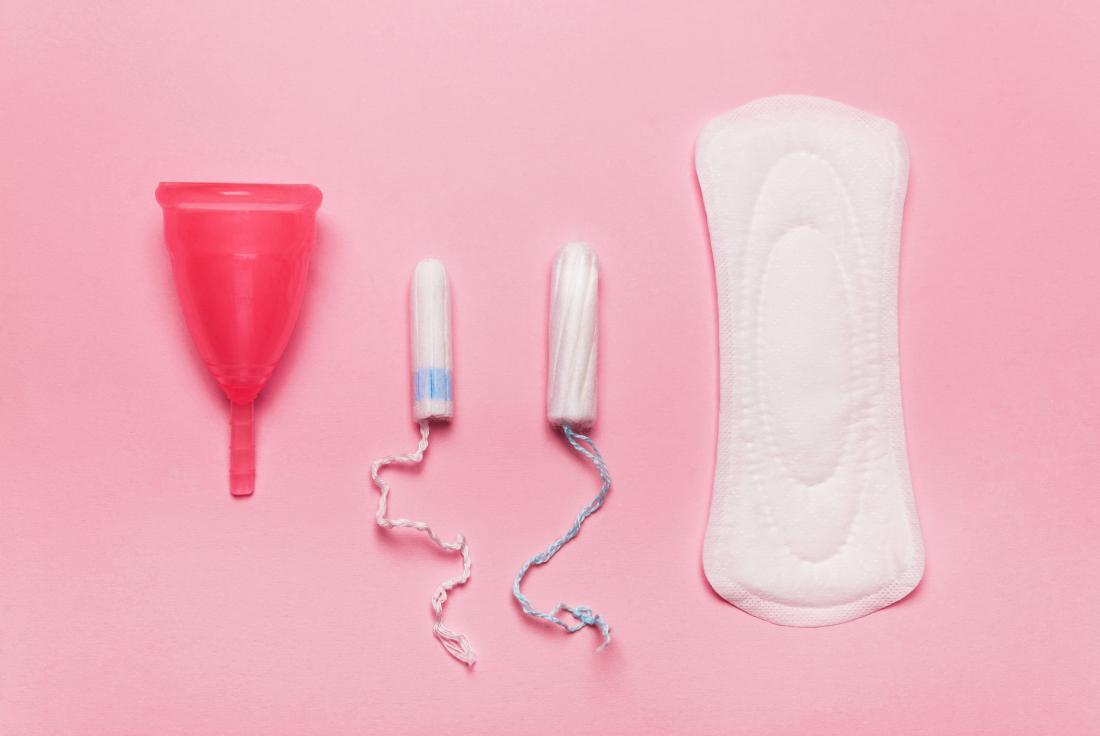When it comes to putting anything near the vulva, as natural as possible is best. This means no soaps, shower gels or feminine washes – essentially any product that foams, because they can dry the skin, get rid of the good bacteria and increase the likelihood of developing bacterial vaginosis (BV) and thrush.
The vagina itself is self-cleaning, so all you need to do is clean it with water or an emollient. You can also apply an emulsifying ointment or olive or coconut oil – not inside – to act as a moisturiser. When we wash, anything we’re using elsewhere on the body such as shower gel and shampoo tends to run down between the legs, so having an oil over the vagina reduces the risk of an allergic reaction or irritation. Just rinse it off at the end. Douching is an absolute no-no as it removes lactobacilli, which are there to prevent infections. And absolutely never steam.
Avoid gel-based sanitary products, because the gel produces chemicals that can lead to dermatitis. Whether they are single-use or washable, try to use pads that are made of natural fibres such as bamboo or cotton. For tampons, look for ones that are unbleached or undyed. A reusable product such as a Mooncup is a good alternative to gel-based pads.
Try to avoid wearing synthetic fabrics or tights all day every day, as they cause sweating and don’t allow the genital area to breathe. Opt for cotton or bamboo underwear as natural fibres are more breathable.
Most gynaecologists suggest leaving pubic hair intact as it serves important functions such as cushioning, which helps prevent rubbing and abrasion. However, if it is your preference, trimming is better than shaving, which can cause folliculitis, or creams, which can cause allergic reactions. Waxing is not recommended as it can cause ingrown hairs.






